Can You Change Your Brake Pads Yourself?

To the uninitiated mechanic, changing your brakes can feel like a very daunting task. However, there’s been many a person who has seen what a good mechanic charges in labor for a brake job and wondered if they could do it for less.
While changing your brakes is by no means a job for a first-time at-home mechanic, those with a handful of tools and some shade-tree wrenching experience should feel comfortable undertaking the task. That’s why we’ve put this guide together. With it, you’ll get a feel for the kind of work, tools, and parts you’ll need to change your brakes.
Tools Required
- Gloves to protect your hands - Mechanix is a household name in work gloves, and their entry-level Original Work Glove provides solid protection and dexterity for less than $25.00.
- Shatter-proof eyewear
- Jack and stands (2 minimum, 4 is preferred)
- Lug wrench
- Torque wrench- We like the Craftsman ⅜ Torque Wrench because its shorter length makes it ideal for at-home brake jobs where you may not have the clearance a lift offers.
- Brake caliper compressor tool
- Wrench/ratchet set- Husky makes a great, affordable 149-piece Mechanic’s Tool Set that is usually in stock at Home Depots across the country, perfect for the entry-level mechanic.
- Bungee cables/ cable ties
- Brake replacement parts (pads, associated hardware)
- All-purpose cleaner
- Penetrating oil like WD40
What Kind Of Brakes Do I Have?
Most cars have one of two kinds of brake calipers, which you’ll be able to observe when the car is on the ground. Check before getting started. Most vehicles have what is called a sliding-caliper brake assembly. You’ll find a photo of that below. These are distinguishable by their M-shape with the exposed brake pad visible from outside. Other cars have fixed-caliper brakes. Your performance car may have these, and the pads are removed from the top of the caliper, not unlike pulling ingredients out of a sandwich. With that settled, it’s time to get your car in the air.
Getting The Car In The Air
For the sake of this story, we’re going to assume all four corners of the car need new brake pads and the hardware each of those items requires. This way, you can subtract steps depending on what your specific vehicle needs.
You should always begin by first loosening all four wheels. Crack the lug nuts or wheel bolts to back them off the wheel just a hair. This can be a tough balance to get right, as loosening the bolt too much is dangerous, but too little means you have to put the car on the ground again. Also, be sure to check for factory jack points via online forums or your user manual. You must do more than stick a jack in any old place and start lifting. Once the car is in the air and the jacks are firmly in place, we recommend sticking a wheel under each side of the car. If all else fails, these may save your melon.
Opening Up Your Brakes
First, you’ll need to get that caliper off. Start by loosening both of the slider bolds (we’ve seen these called “pins” before too). Those usually have a distinctive rubber dust boot in between it and the caliper carrier and are affixed on either side of the caliper body. This can be opened up to remove the brake pads, which will generally have a few retaining clips attached to them. Next, you’ll want to use that caliper compressor tool to push the brake calipers back into their housings, which will make room for the new pads. If you’re struggling for room while doing any of this, you can turn your car’s wheels to make some room.
Should you have monoblock brake calipers, the process above is slightly different. Instead of opening the caliper outright, you’ll use a small rubber mallet to remove the caliper pins located on the side of the caliper housing facing the wheel well. Once those are out, you’ll be able to pull the pads free. Most caliper compressor kits come with attachments to push pistons back on these caliper types as well.
Replacing Your Brake Pads
With your caliper opened up and the pads out, now it’s time to do the work of actually replacing the brake pads. To do that, you need to swap out the retaining clips. These small u-shaped clips should be included in any brake pad replacement kit. The clips will snap into place at either end of the caliper, near where the slider bolts live. Note: these often have left and right-hand specific placement, so be sure to double-check the clips for any indicators. Usually, some graphite-based grease will come with the kit. Apply it to the clips- a small dab in the indentations of the clip will do. Alternatively, you can place the grease on the “ears” of your new brake pads before pressing them into place.
So long as you’ve greased the pads properly, they’ll slide home without too much force. If you’re really having to push on the pad, double-check that the retaining clips are in the right place and properly lubricated. Once fitted, the pads should sandwich the brake rotor. This is also true of monoblock calipers, save that you’ll fit the retainer clips in a different location, still using grease, and sliding the brake pads into the caliper before replacing their retaining pin. These often run through the pads themselves and into the caliper.
A note on retracting the calipers: all brake calipers are moved by fluid, and you’ve just moved that fluid further back into the system. Now, sometimes that may result in your brake fluid reservoir overflowing. It’s usually not an issue on the first brake, but could be by the time you go to do other corners. Keep an eye on it as you go, and use a turkey baster to remove some fluid if you need to.
Reinstalling The Slider Bolts
We’re now at the point where you’re working backwards toward a fully reassembled brake caliper. In the case of a multi-piece caliper, you’ll lower the caliper into place, checking that nothing is squished in the process. If you’ve got to start forcing things, you’ve screwed up somewhere. Regardless, once the bolt is in place, you’ll then re-tighten it. Here’s where the torque wrench comes into play.
Some will say that “good-n-tight” is enough for these bolts. You may want to ask yourself what the consequences of “good-n-tight” not being good and tight are. Check your owner’s manual, online forums, or good ol’ YouTube for torque specs, which are usually measured in lb-ft. Some slider bolts may be single-use stretch bolts, so you’ll want to check that before re-using bolts. Additionally, some brands, manufacturers, or other tutorials may recommend the use of a thread-locker. For this, consult your local dealership’s maintenance department. They are usually more than happy to tell you what’s best.
Finally, you’ll want to put the wheel back on. Simply tighten the wheel bolts until the assembly begins to spin. You’ll then torque them to spec once they’re on the ground. Most vehicles land north of 90 lb-ft per bolt. With that done, you’re ready to move on to the next brake caliper, repeating the process as you go.
This is a general guide to get you started, and by no means the end-all be-all of brake job how-tos. That said, this has hopefully given you a starting point, and some rough idea of the tools you’ll need to get going.
We are committed to finding, researching, and recommending the best products. We earn commissions from purchases you make using the retail links in our product reviews. Learn more about how this works.

Chase is an automotive journalist with years of experience in the industry. He writes for outlets like Edmunds and AutoGuide, among many others. When not writing, Chase is in front of the camera over at The Overrun, his YouTube channel run alongside his friend and co-host Jobe Teehan. If he's not writing reviews of the latest in cars or producing industry coverage, Chase is at home in the driver's seat of his own (usually German) sports cars.
More by Chase Bierenkoven



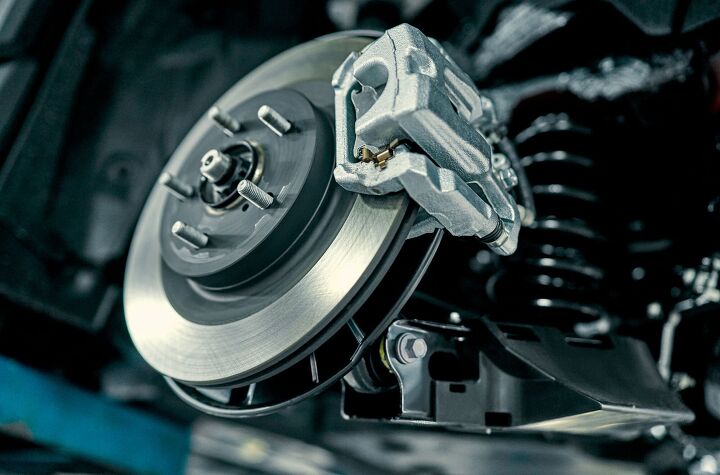












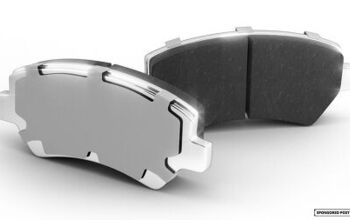





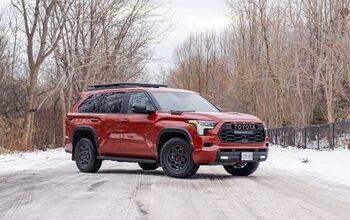








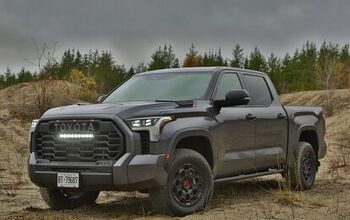
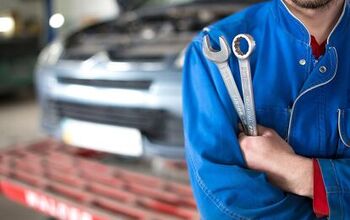

Comments
Join the conversation